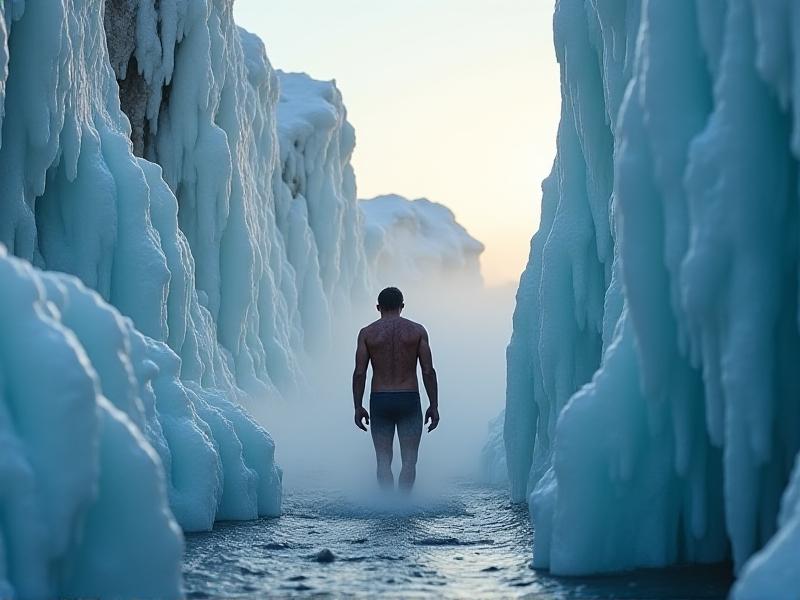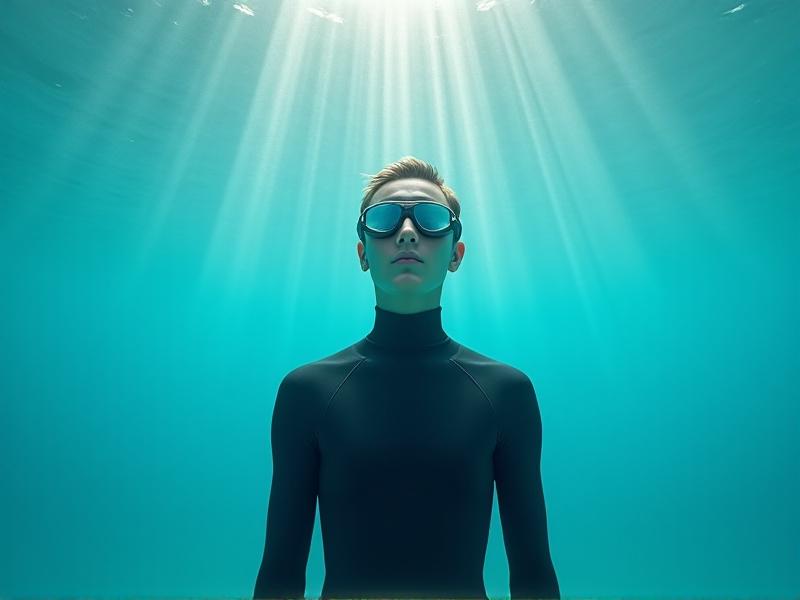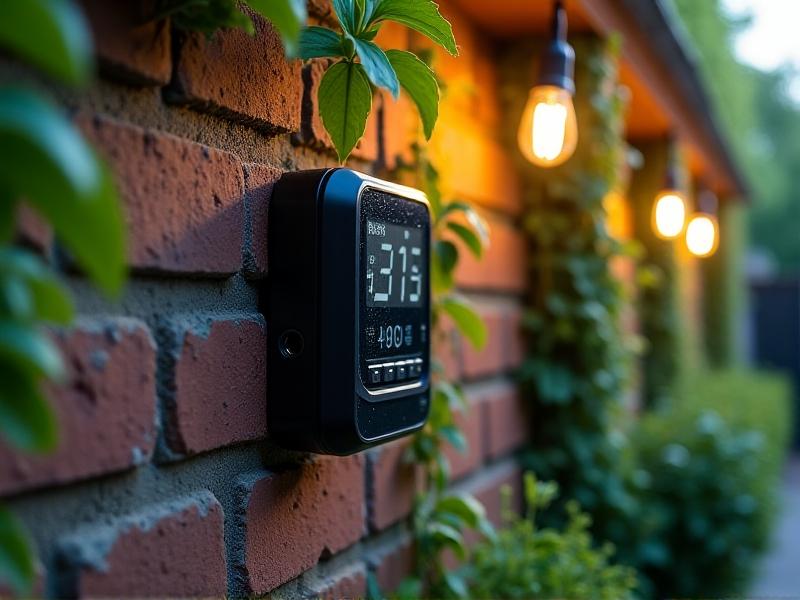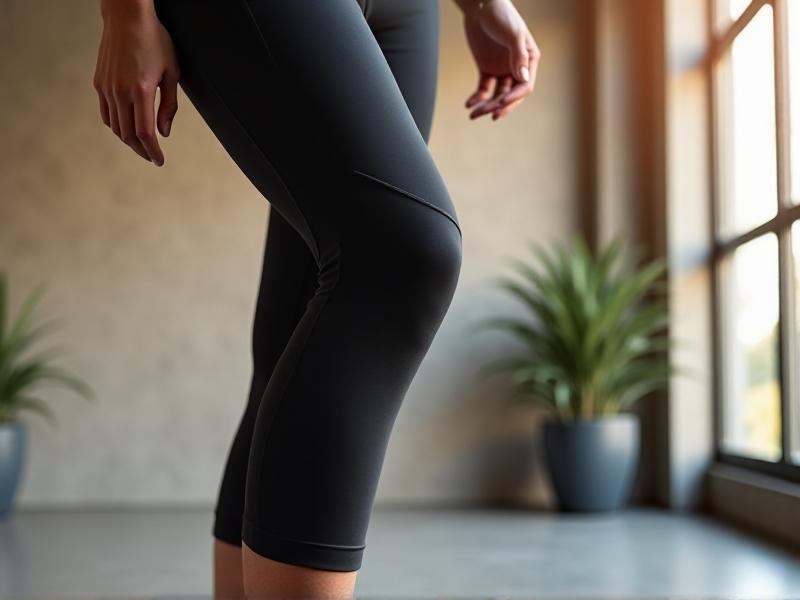Safe Cold Exposure Durations by Water Temperature
Understanding Cold Water Exposure and Its Effects
Cold water immersion has gained popularity for its purported health benefits, from boosting circulation to enhancing mental resilience. However, the risks of improper exposure—such as hypothermia, shock, or cardiac strain—demand a clear understanding of safe durations based on water temperature. The human body reacts to cold water in distinct phases: the initial "cold shock" response, followed by gradual loss of muscle control, and eventually, systemic hypothermia. By aligning immersion times with specific temperature ranges, individuals can mitigate risks while harnessing cold therapy's advantages.
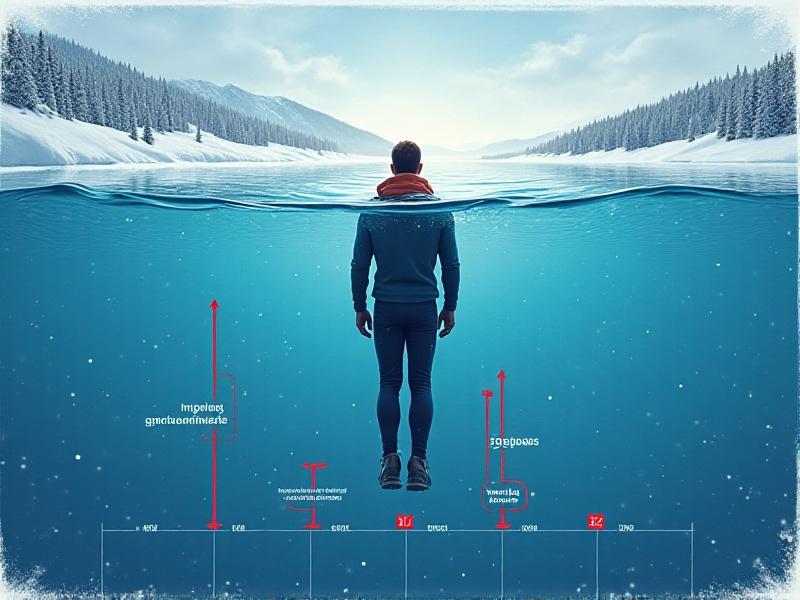
Extreme Cold (32–50°F / 0–10°C): Limits and Risks
Water temperatures near freezing present the highest danger. At 32–50°F (0–10°C), the cold shock response peaks within 30 seconds, triggering rapid breathing and increased heart rate. Even experienced cold swimmers should limit exposure to 1–5 minutes. Beyond this window, numbness and impaired motor skills escalate the risk of drowning or cardiac events. Always enter extreme cold water gradually, focusing on controlled breathing to counter the gasp reflex. Never swim alone, and ensure immediate access to warm clothing post-immersion.
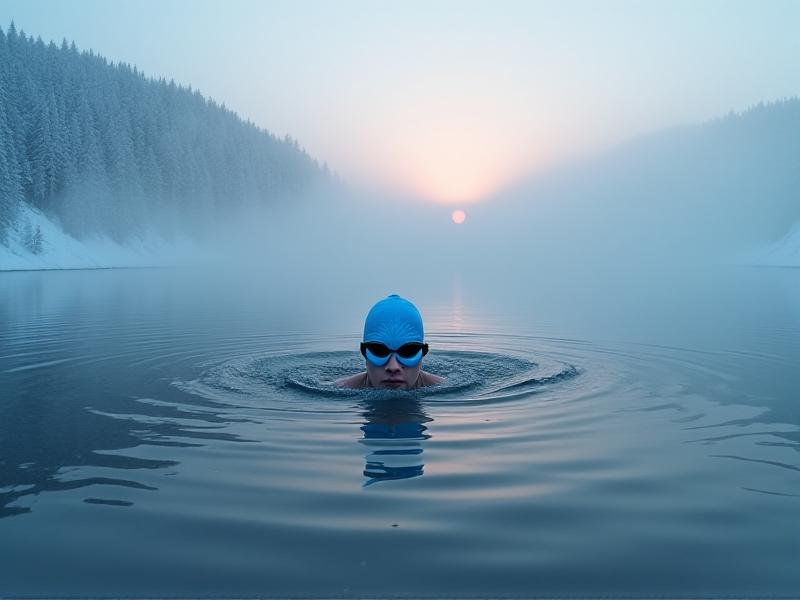
Moderate Cold (50–60°F / 10–15.5°C): Balanced Exposure
This range allows slightly longer sessions—5–15 minutes—for acclimated individuals. At 50–60°F, the body still loses heat faster than it can produce it, but the initial shock is less severe. Focus on monitoring extremities for numbness, a sign of impending frostnip. Athletes using cold immersion for recovery often target this range, as it balances therapeutic effects with manageable risk. Pair shorter dips with movement (e.g., treading water) to maintain core warmth, and avoid submersion beyond 20 minutes even if tolerating discomfort.

Cool Temperatures (60–70°F / 15.5–21°C): Extended Sessions
Often deemed the "sweet spot" for beginners, 60–70°F water permits 15–30-minute sessions. While still chilly enough to stimulate brown fat activation and reduce inflammation, this range minimizes hypothermia risk. However, prolonged immersion can still deplete core temperature gradually. Signs like shivering, slurred speech, or confusion warrant immediate exit. Open-water swimmers in this temperature should wear a neoprene cap and earplugs to reduce heat loss through the head’s highly vascularized areas.
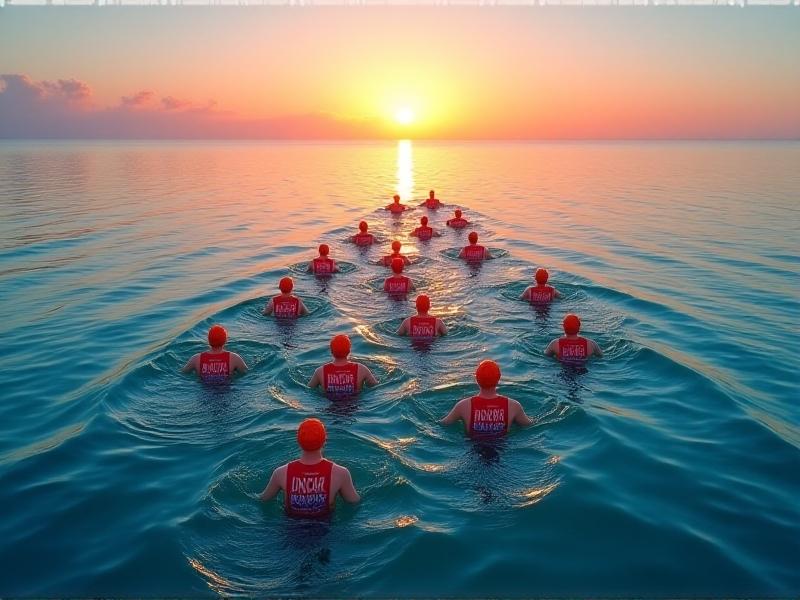
Safety Guidelines for Cold Water Immersion
Preparation is key: always check water temperature with a reliable thermometer, not subjective feel. Acclimate progressively, starting with 60-second dips and increasing duration weekly. Post-immersion rewarming should be gradual—avoid hot showers, which can trigger dangerous blood pressure drops. Pair cold exposure with a high-calorie snack to fuel thermogenesis, and abstain if you have cardiovascular conditions. Keep emergency blankets and a heated space nearby, especially in remote locations.
Health Benefits of Controlled Cold Exposure
When practiced safely, cold water immersion may reduce chronic inflammation, enhance mood via norepinephrine release, and improve insulin sensitivity. Studies suggest it increases mitochondrial density in muscle cells, aiding endurance recovery. Many users also report improved sleep quality and stress resilience. To maximize benefits without overtaxing the body, alternate cold days with rest and pair sessions with breathwork techniques like the Wim Hof Method.
Preparing for Cold Exposure: Gear and Mindset
Essential gear includes a quick-dry towel, waterproof footwear for rocky entries, and a moisture-wicking base layer for post-immersion. Mental preparation trumps all: practice box breathing (4-second inhale, 4-second hold, 4-second exhale) to calm the nervous system. Visualize the immersion process step-by-step, focusing on the empowering aftermath rather than the initial discomfort. For open-water scenarios, scout the location at high tide to avoid unexpected currents or drop-offs.
Recognizing Hypothermia and Other Risks
Early hypothermia symptoms include intense shivering, poor coordination, and skin pallor. As it progresses, shivering stops—a critical red flag. Always exit the water if you experience the 'umbles': mumbles (slurred speech), fumbles (clumsiness), or grumbles (irrational irritability). Children and seniors are especially vulnerable due to lower body mass and slower metabolic responses. When in doubt, err on the side of shorter sessions; consistency matters more than duration for building cold tolerance safely.
